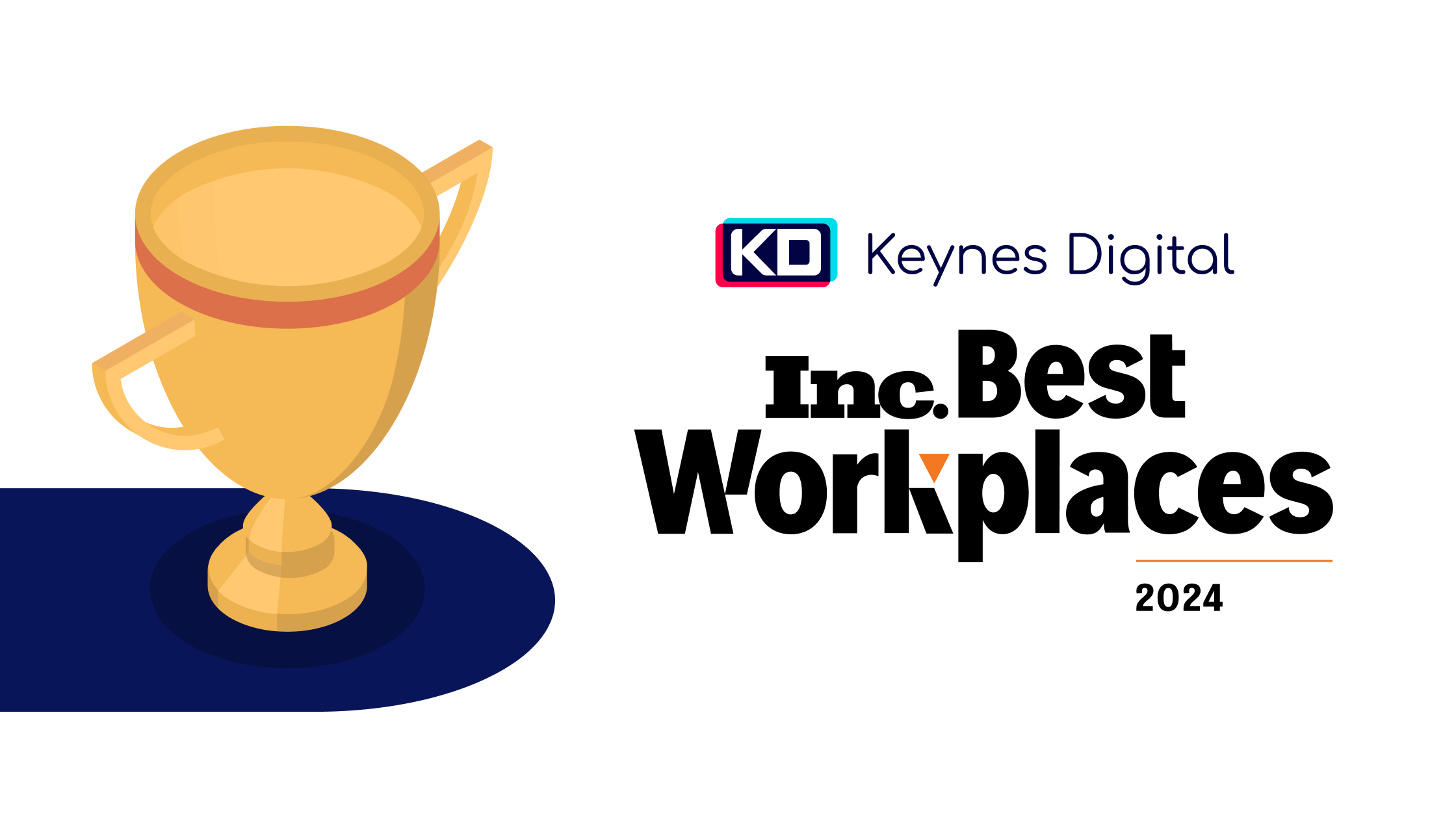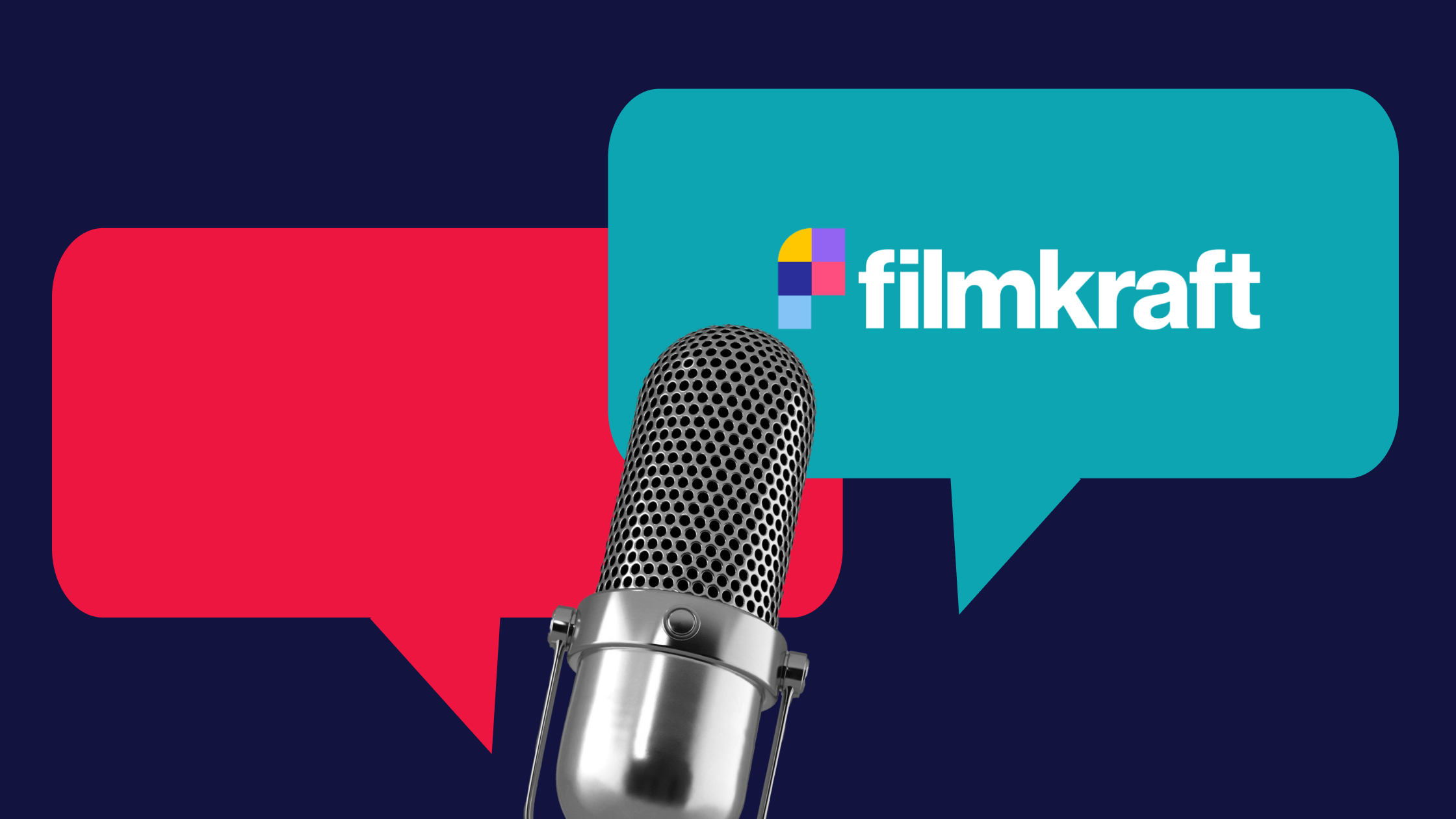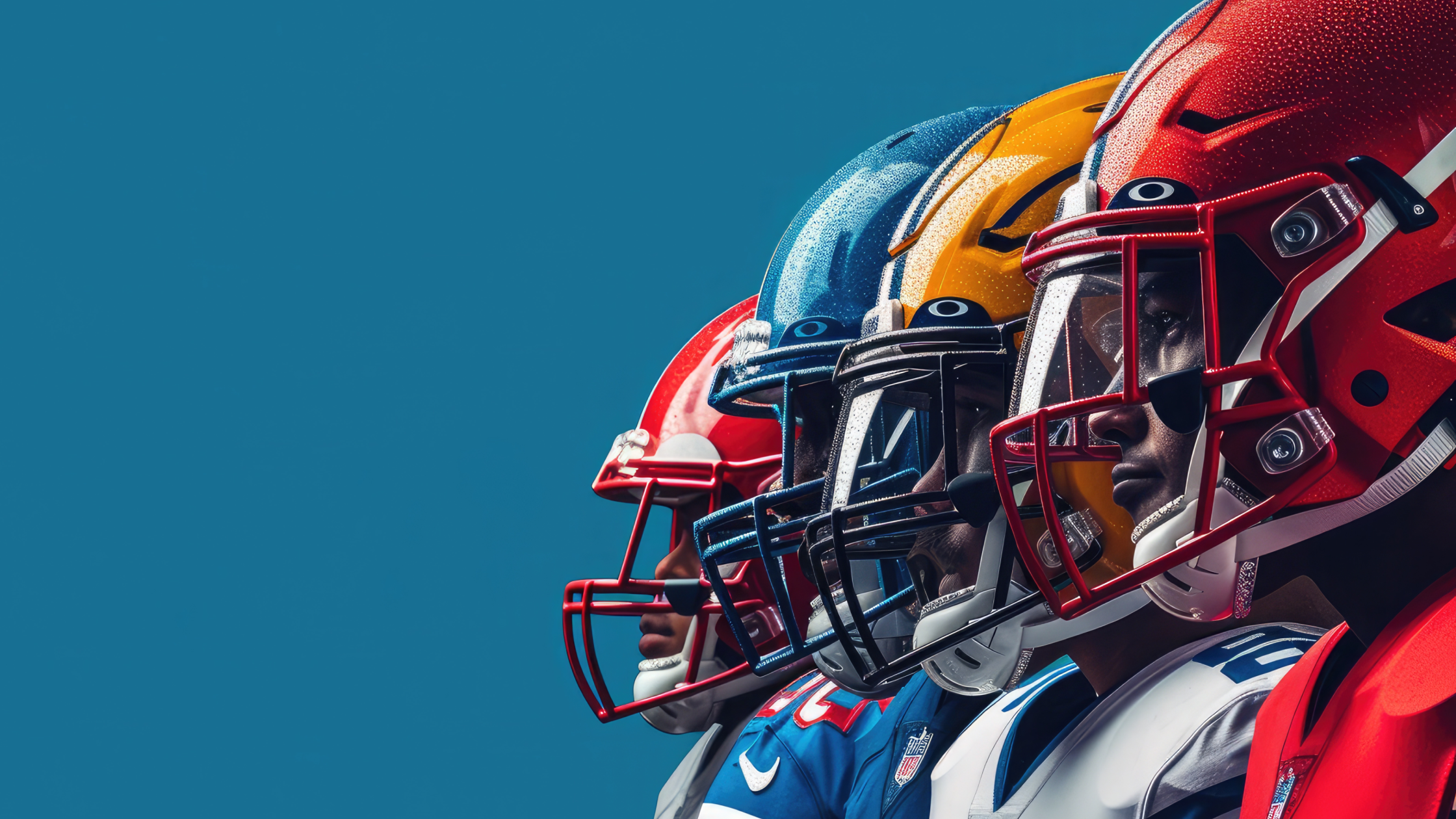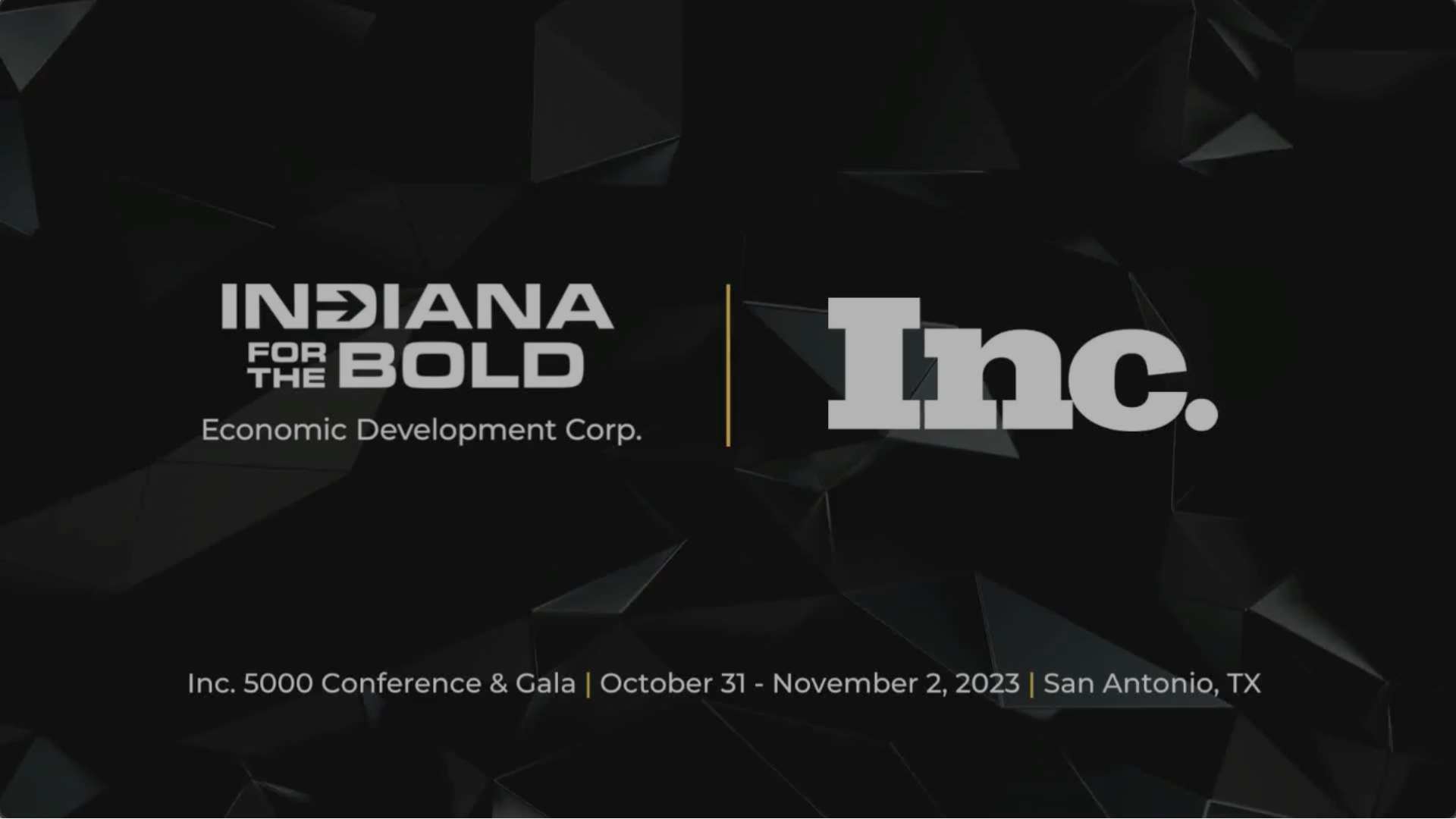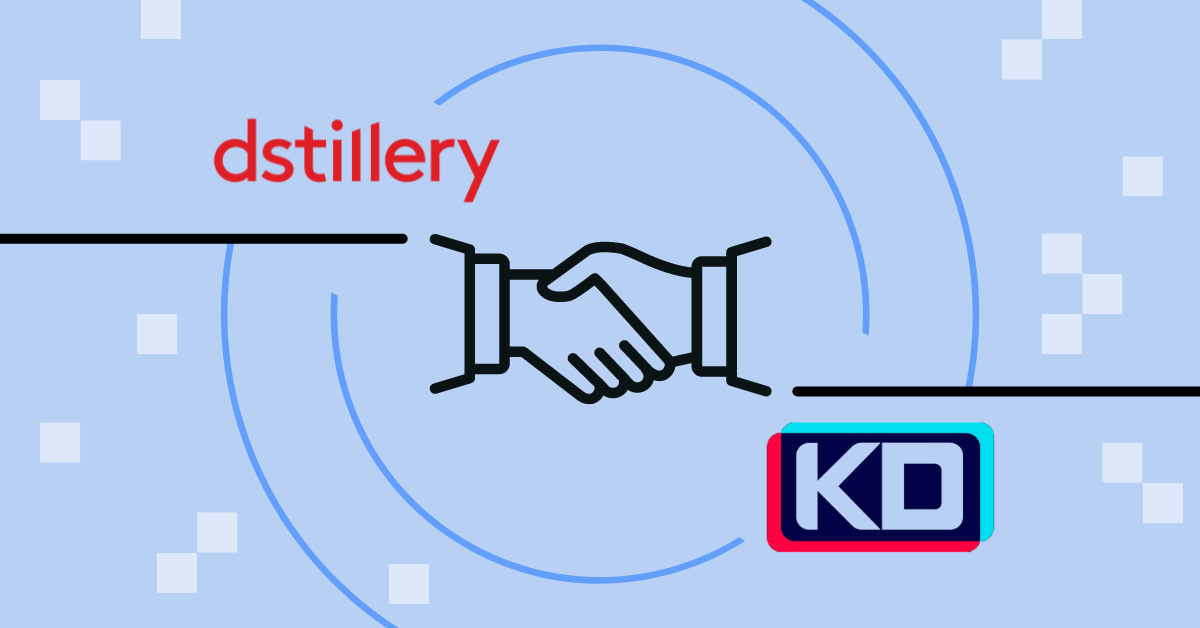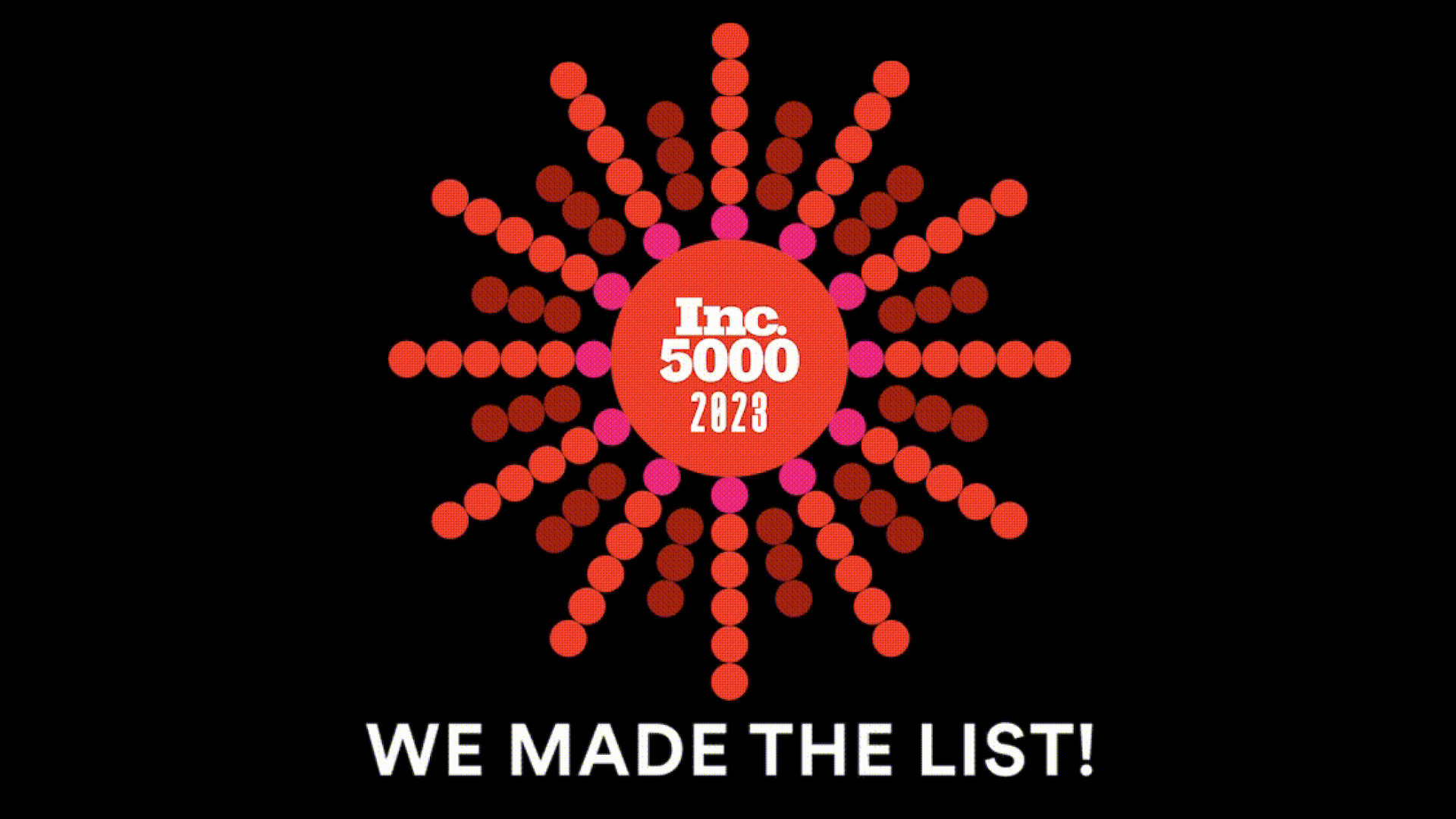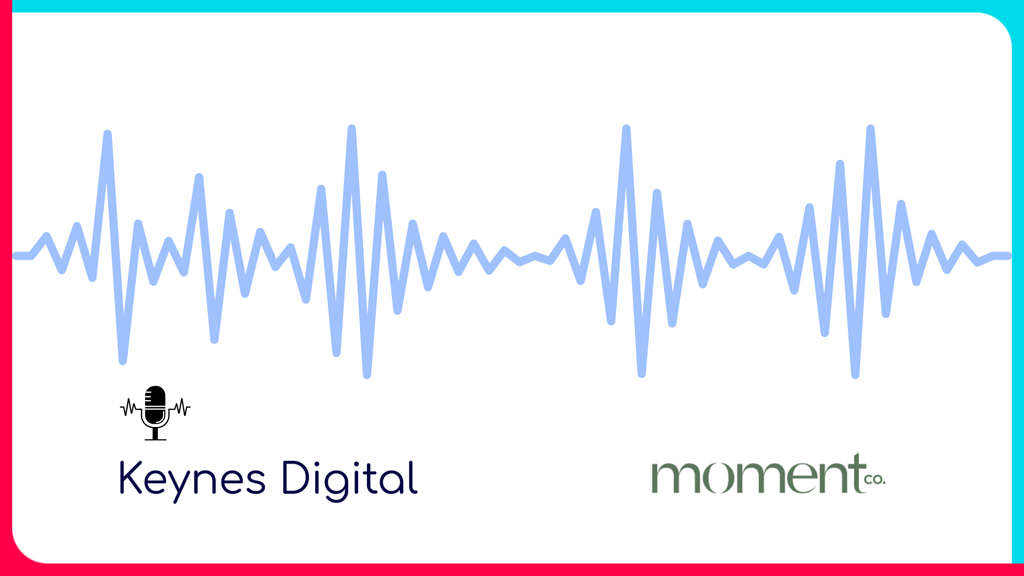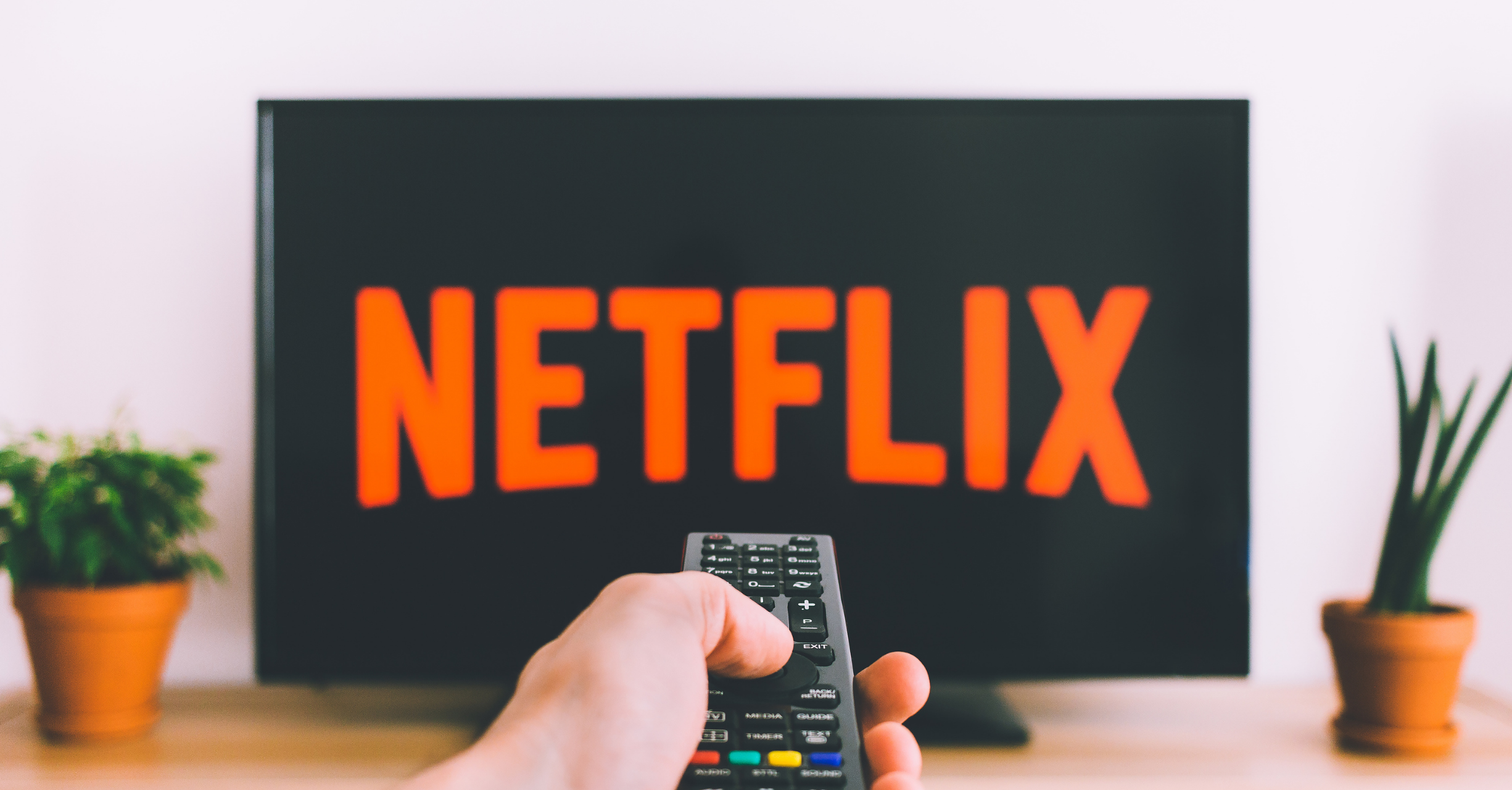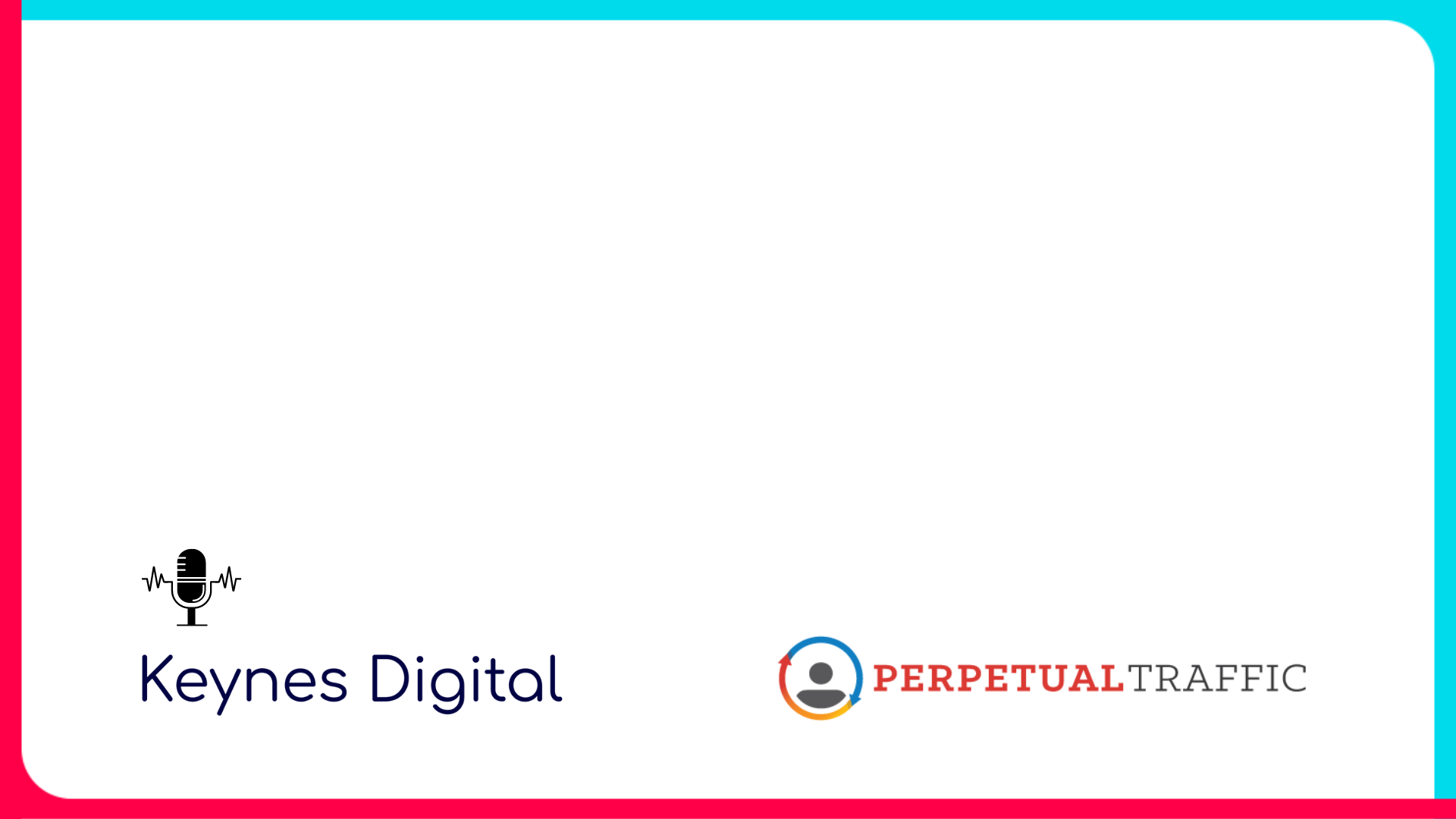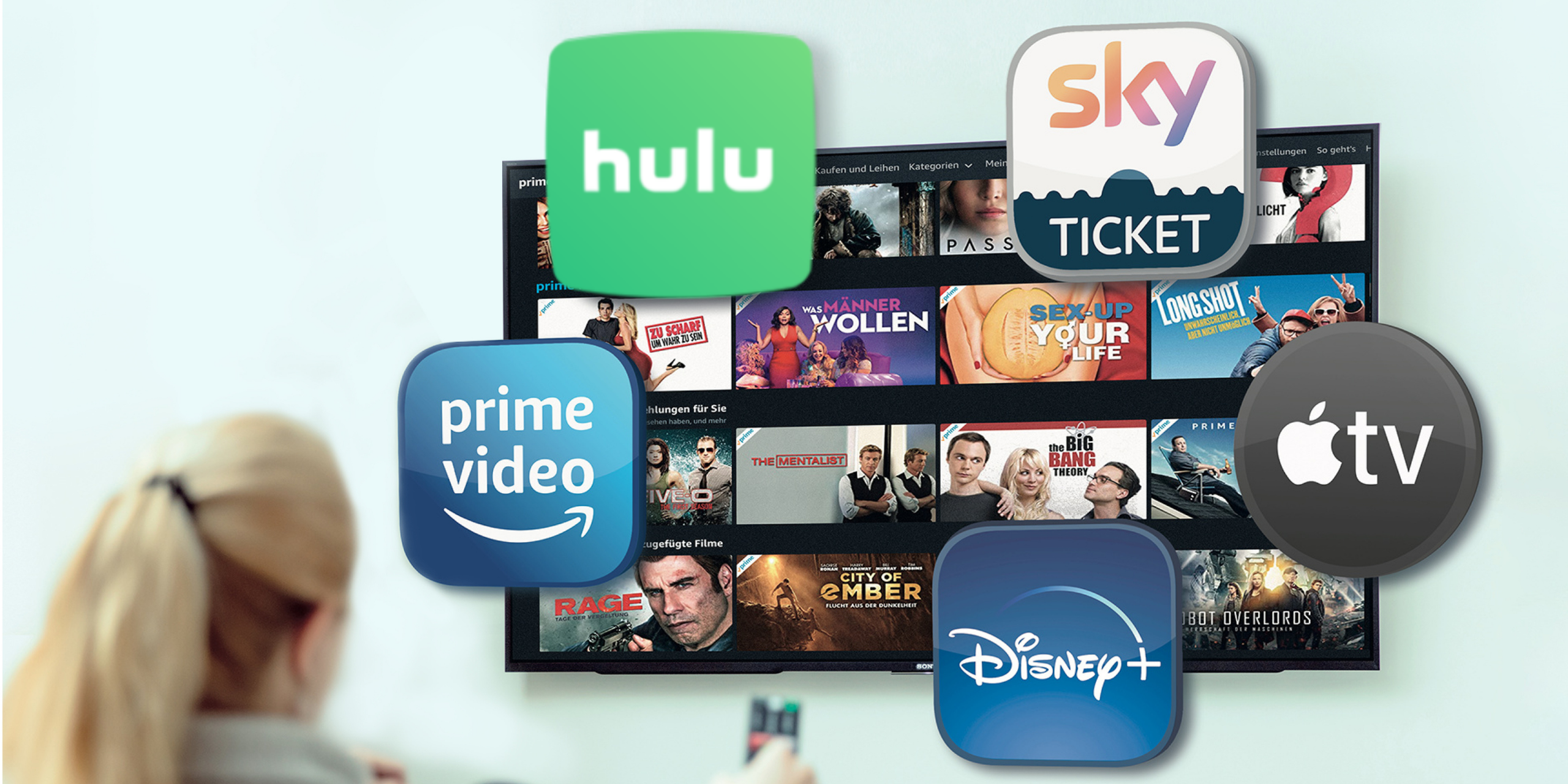Programmatic Advertising
What is Programmatic Advertising?
Programmatic advertising is using software technology to digitally purchase advertising. The official programmatic advertising definition is the use of artificial intelligence and machine learning to buy advertising in real-time instead of going through human negotiations and pre-set prices. Programmatic advertising can also be referred to as programmatic marketing, or programmatic media buying. In a nutshell, it’s using machines to buy ads.
The popularity of programmatic advertising software is continuously growing. An example of programmatic display advertising, 88% of digital display marketing in the United States is projected to be done via programmatic advertising platforms in 2021. This makes programmatic advertising one of the most used methods of advertising. It’s more efficient, faster, and costs less to implement and maintain. Consider this – advertisers can scale, consolidate and optimize their targets, and the influence they have, and increase the potential of converting clients and customers. Here are some benefits to consider:
Control and Transparency
With programmatic software, advertisers get more transparency, allowing last-minute changes to take place when needed. That doesn’t occur with traditional advertising.
Real-Time Metrics
As an advertiser or marketer, nothing is better than being able to gauge how campaigns, creatives, and targeting are doing while in real-time. With programmatic advertising, these metrics are available almost immediately. These metrics would not be available until the end of the campaign if traditional advertising were used.
Increased Efficiency
Not only does real-time measurement offer greater efficiency, but solid optimization also ensures the campaigns reach their target audiences in a cost-effective manner.
Programmatic Advertising Examples
Listed below are some programmatic advertising examples that fall under the programmatic definition:
- Google launched an ad campaign (2014) for its Google Search App using programmatic advertising that reached 30% more people 3X more frequently while delivering 30% lower Cost-Per-Thousand impressions with increased awareness of 50%.
- Kellogg’s increased their viewing rates by 70-80% and 2-3X better targeting when they began using programmatic marketing (2014).
- International Hotel Group (IHG) used programmatic advertising to rival online booking sites. As a result, they were able to show users better rates while booking directly on their sites or with the hotel. Their ads were also customized to the user based on browsing history.
- Turner Sports drove engagement through the use of programmatic advertising resulting in a 7% spike in brand awareness. This is an example of using a programmatic video advertising campaign. They featured real-time videos from tip-off events across the country with shots of athletes, fans, and more. The ad reached 6 million unique viewers in the U.S., also enjoying a 17% lift in ad recall.
Types of Programmatic Advertising
There are different types of programmatic advertising that can help reach a target audience. These include:
Real-time Bidding
Real-time bidding or RTB gives ad slots to everyone. These ad slots are sold through an open auction type of bidding where the highest bidder will receive the ad slot.
Private Marketplace
A private marketplace or PMP is similar to RTB but is invite-only. Publishers set aside premium slots for advertising. In most cases, the advertiser knows which sites and publications are being shown to increase the measurement of ROI.
Preferred Deals
This is also ad spot buying. Advertisers can choose their ad inventory at a fixed price before it is shown to private marketplaces and open auctions. The parties are able to agree on the pricing, targeting, and other elements. Advertisers are also given a sneak peek of the ad inventory but do not have to make a purchase.
Programmatic Guaranteed
This type of programmatic advertising is also known as programmatic direct or automated guaranteed. This one is the most like the traditional approach of media buying where the advertiser and publisher negotiate the terms one-on-one. This does not follow a bidding process. Advertisers who know where their ads should be placed and have large budgets usually choose this method.
There are 4 top programmatic channels that use these programmatic buying processes: display ads, native ads, video ads, and audio ads. Programmatic buying is beneficial because it drives users to designated target areas for an advertiser. This helps in increasing conversions, and driving users to a site, among many other benchmarks.
What is Programmatic Video Advertising?
Programmatic video advertising helps brands promote their products and services online through an online video platform where they find and buy ad space. Once this is done, the programmatic display advertising platform does the rest. This platform uses specialized algorithms to find specific target audiences to show relevant video content.
Why Use Programmatic Video Advertising?
The programmatic video advertising platform makes things easy and efficient due to the automated bidding system. Additionally, this uses behavioral data to find the target audience and deliver the best video ads in real time.
Some programmatic video advertising examples include:
- In-stream video ads: For example, these ads are displayed on YouTube and consist of pre-roll, mid-roll, and post-roll.
- Out-stream ads: These ads appear between online articles and are shown within the content or show up as pop-up windows.
- In-display ads: These ads show up in search results or video recommendations.
Benefits of Programmatic Advertising
All advertisers have not embraced programmatic advertising, but there are consistent benefits of programmatic advertising that cannot be denied:
Precise audience targeting
One of the key strategies is using targeting methods that focus on purchase intent, demographics, location, household income, behaviors, and interests.
Automated processes
The old-school tactics usually present in traditional media buying are gone, making the process easy and efficient. This helps save time and money, allowing media buyers to figure out which platform is best.
Greater media buying transparency
Placement techniques being used in programmatic advertising help advertisers know where their ads are going and who is looking at their ads. This aids in deciphering what’s going on with current ones and in planning for the future.
Real-time insights
Campaigns have been painstakingly slow in revealing crucial metrics. Programmatic advertising provides real-time information to help advertisers make changes when things aren’t working and to inform future decisions. With up-to-the-minute information through seamless integrations with other platforms, there are an array of tools available to advertisers as they build their campaigns.
Reporting and optimization
It can be hard to figure out what is working and what isn’t. Programmatic advertising gives advertisers the freedom to analyze, adjust and change their campaigns exactly when they need to. Reporting is streamlined, faster, and more efficient, providing a valued process that can be expedited at a moment’s notice.
Why is Programmatic Advertising Important?
Programmatic advertising is important because it makes the process automated and programmable for simpler ad buying. The software and algorithms are accessible and most don’t require a middleman to get things accomplished, but always make sure to ask how the process works and where ad spending dollars are being allocated towards. Overall, where traditional advertising and media buying lack, programmatic advertising excels in a streamlined and efficient process.
What Do Programmatic Advertising Companies Do?
Programmatic advertising companies specialize in delivering programmatic media. They help expand the reach of ad campaigns with third-party data sets. They assist in offering the highest levels of transparency so Advertisers know who is seeing their ads and why. They use existing data to build lookalike audiences of potential customers for targeting. They provide real-time reporting on campaign performance based on designated metrics and help improve campaign performance over time.
These companies manage all types of ad campaigns, including OTT and Connected TV campaigns which are run through streaming TV services like Hulu, Roku, and Philo. Programmatic advertising companies also specialize in ad retargeting and dynamic creative, helping with campaign goal setting, identifying KPIs, audience data management, omnichannel reporting, and brand safety assurance.
In any campaign, there should always be an end goal to meet. Programmatic advertising is the best results-driven solution for changing goals and benchmarks in real-time to ensure ad spend is being utilized effectively. In the world of advertising, traditional advertising still has its place, but programmatic advertising is the wave of the present and future.
Industry Expert Insights
We are your high-touch, performance-focused streaming TV and programmatic advertising partner. Our team of experts and a one-of-a-kind data-driven platform connects you to the best streaming TV marketing strategies.


